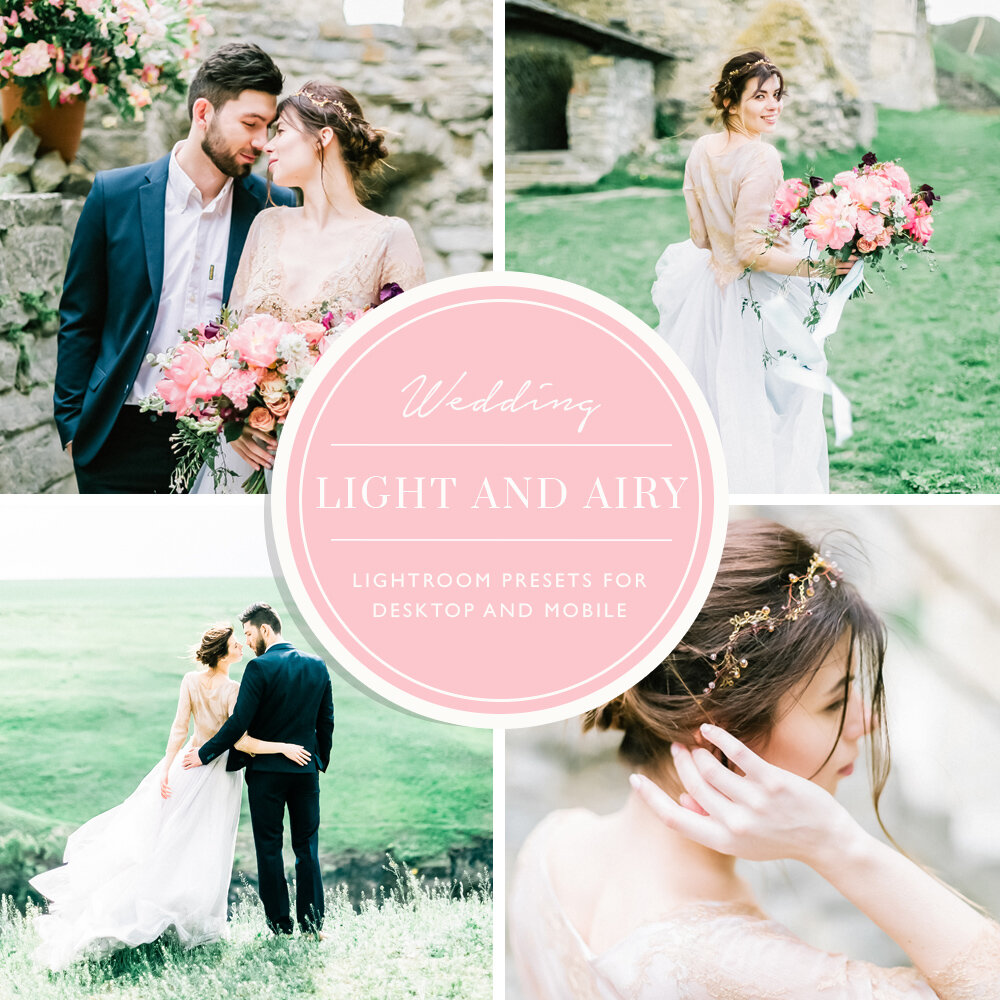Tips for Photography in Dimly-lit Nightclubs and Bars
If you have ever wanted to take pictures inside a dimly-lit nightclub, bar or restaurant you know two things:
You can capture some great memories with those pictures;
It can be tricky to take good pictures in dimly-lit, tight spaces!
Having fun, eating, drinking, and dancing don’t lend themselves to whipping out camera equipment and shooting terrific photos. However, with a little planning, you can shoot in low-light interiors and come out with some great pictures to show off. And, we’re not talking cheesy selfies with a smartphone - although in a pinch, those work as well!
Pack well! You could bring your camera bag to your next nightclub outing, but that isn't exactly practical or smart. You don’t want to risk your valuable camera equipment to loss, breakage or even theft - not to mention the burden of lugging it around while trying to enjoy your evening in a bar or nightclub!
If you want to enjoy your evening and shoot successfully, you can leave most of your equipment at home. There are just two pieces of equipment to bring along:
DSLR camera (you can’t take pictures without a camera after all!)
A wide angle lens. A possible third item is a flash gun but using your camera’s built-in flash (especially for close-ups) is sufficient, so you won’t have to haul a flash gun around. Stick to the DSLR and the wide-angle lens, and here’s why: Using a DSLR camera means you can leave the tripod at home. A wide-angle lens lets you shoot easily inside tight spaces and in lower light conditions. Go with a 10 mm to 28 mm and low aperture; the 10 mm to 17 mm gives you even broader width.
SHOOTING IN LOW-LIGHT
With your DSLR camera, you have some flexibility. You can shoot using the camera’s built-in flash, and you can do some shots even under low-light conditions without a flash. A DSLR lets you shoot without a tripod. Although it can be a bit challenging, it is not impossible (more on this later).
You might be surprised at how good DSLRs can shoot in lower light without using a flash and set to Auto! Try it! The resulting image color can add to the mood of the picture. There’s also photo editing software, of course, to help you edit your photos after the fact.
If you would like to shoot on Manual instead of Auto, here are some tips:
Set your ISO to minimum 800 and of course; it's a good idea to experiment with different settings under different lighting conditions.Shooting on manual without a tripod means you will need to improvise by leaning against a wall, tabletop, etc. Somehow provide the necessary stability for the lighting and image. If your lens has a stabilization feature, make sure it’s on.
PRACTICE!
Shooting in dimly-lit conditions usually requires plenty of practice to get it right let alone perfect it. We recommend taking some practice shots in a variety of lighting conditions - both brightly lit and dimly-lit. Comparing the conditions to the necessary settings helps you learn. Once you’ve practiced in both types of illumination, then try shooting in dimly-lit smaller spaces. The size of the area will make a difference in how the light is reflected and bounces off the surfaces, particularly if you’re using flash photography.
BE READY!
One of the most important tricks to great photography is preparation - be ready at all times and have all the necessary equipment with you whether it’s just a camera and lens or entire equipment bag.
You need to anticipate good shots so you can get the good shots! Think of what it’s like to be a sports photographer. Once they’re at a sports event, they have all the necessary equipment, and they’re ready at a moment’s notice to shoot a picture. When you’re in a nightclub or other social event, think like a sports photographer and be willing to grab that shot as soon as you see it! In other words, anticipate!
COMPOSITION
It can be tough to think about composition in the middle of loud music, frenetic motion, and tight spaces but it can help to get a great shot. So, don’t just anticipate a great shot, be eagle-eyed and sharp. Look through your lens critically at the background, the subject, lighting, and location. You’ll need to do it fast, too, or you’ll miss out on the shot! The more pictures you take, the more you’ll get used to doing it in seconds rather than in minutes!
To summarize - taking photos in dimly-lit spaces can take some practice but shoot enough pictures and you will get some good ones. Be smart and practice ahead of time, and you’re more likely to get even more winning shots and less poor ones.
We would absolutely love for you to follow us on FACEBOOK and be a part of our community. Don't forget to Share your photos with us using hashtag #BeArtPresets













